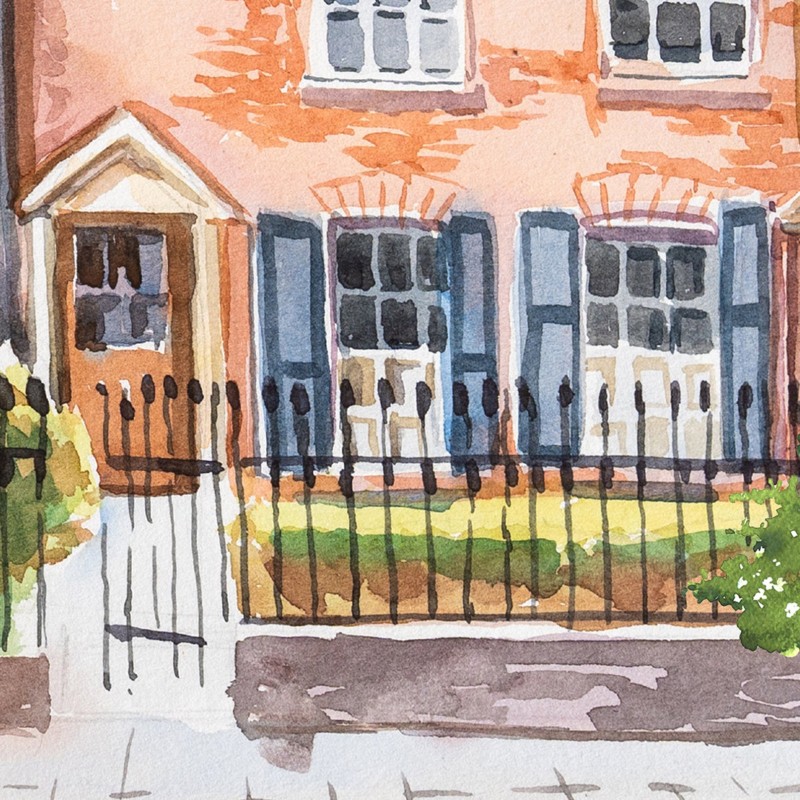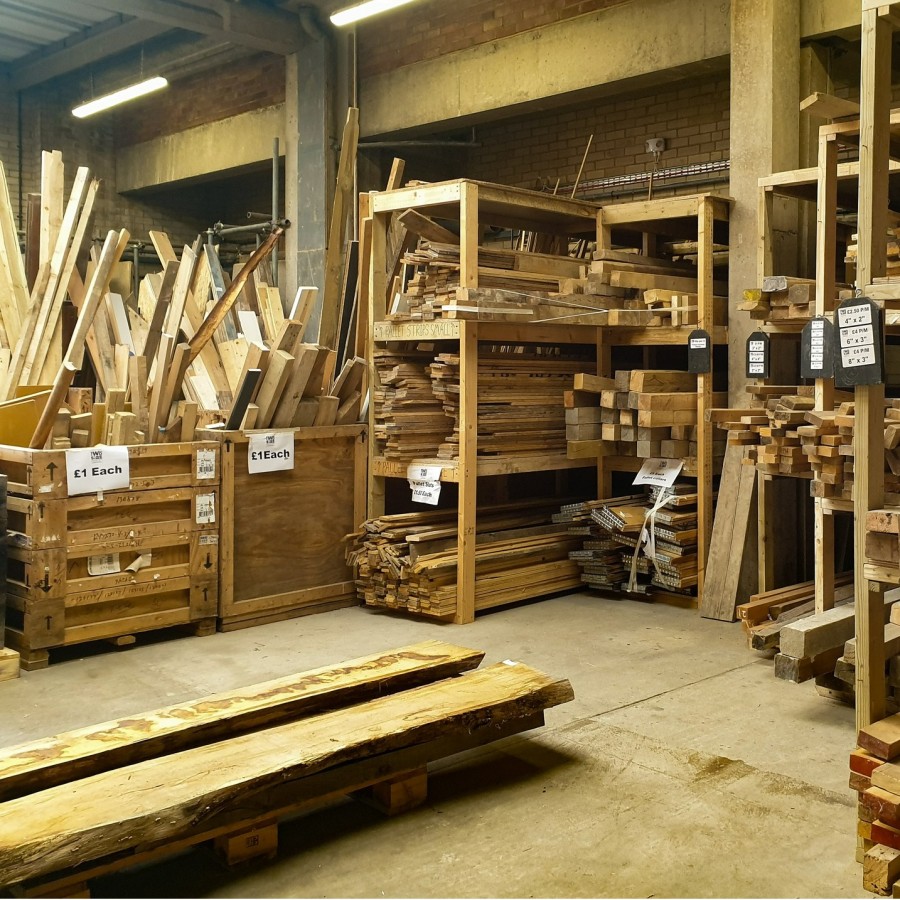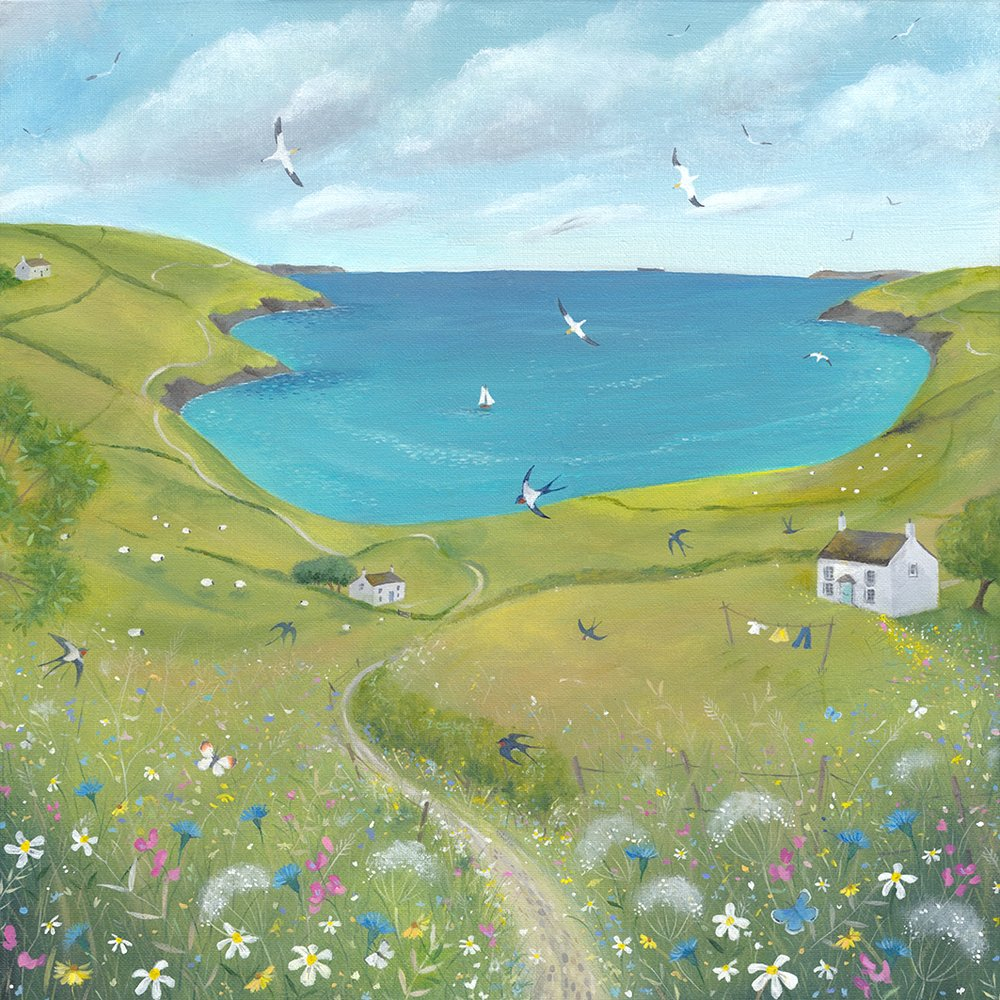The Literary History of the County of Cumbria

Cumbria is mostly known for being home to the Lake District (England’s largest National Park). But it also has a strong literary connection, having been home to some of our most well-known writers.
Grasmere is a pretty town in the Lake District, which houses the former home and burial place of poet William Wordsworth, one of England’s most celebrated poets. It is a bit over-commercialised now (you can imagine – like Stratford-upon-Avon with Shakespeare, everything is ‘linked’ to Wordsworth for tourism income).
If you have flower-eating dogs, know that daffodils (like all bulbs) are unsafe near animal friends. Read more on pet-friendly gardens.
William Wordsworth’s Connection to the Lake District
But William (and his sister Dorothy) did not just confine themselves to Grasmere. Interestingly, William campaigned a few hundreds years ago against the building of Windermere railway station, believing that the influx of tourists would ruin his beloved Lakes. He was right.
His sister was also very vocal, her and a fellow writer protesting against the the found house built on the Lake District’s largest island of Belle Isle, calling it a beautiful spot that now ‘deformed by man’, and resembling a tea canister.
Wordsworth’s final home of Rydal Mount is just a short hop away from Ambleside, one of the Lake District’s prettier towns, although again a bit overrun with tourists in summer. This town apparently has the country’s busiest mountain rescue team, due to inexperienced climbers frequently getting lost of stranded.
It does remain one of the few towns, where you can literally walk from the town centre, to discover a tumbling waterfall, right on your doorstep!
When out walking, follow the Countryside Code to help protect all creatures.
The Literary History of Hawkshead Village
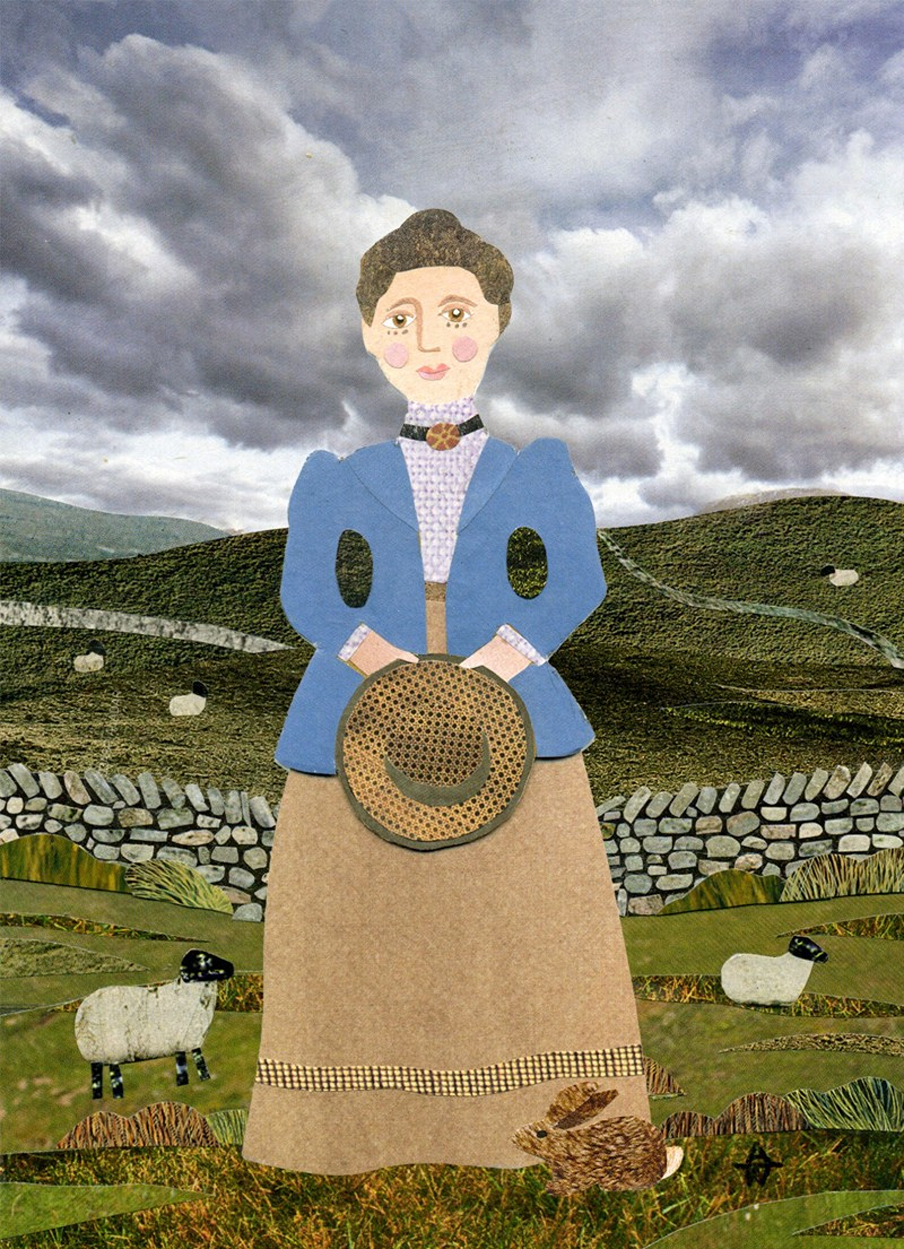
Hawkshead is a pretty ‘chocolate box’ village in the southern Lake District, near Esthwaite Water (one of the smaller and quieter lakes, known for its wild ospreys). It has strong literary connections, being where Grasmere poet William Wordsworth attended school.
Hawkshead Grammar School is now a museum, as when numbers dwindled to just six students, it had to close. Wordsworth was vocal that his favourite teacher was William Taylor who taught poetry, but sadly he died age just 32, from TB.
One previous headmaster caused controversy after he had ‘got with a child’ with the local servant girl, and was brought before magistrates. He was still allowed to teach, to the dismay of local residents.
This village is also where children’s writer Beatrix Potter met her husband. They soon moved to Near Sawrey, a tiny hamlet a few miles away where she wrote her famous books.
Today, it’s a National Trust property (home to one of four plant-based eateries – Joey’s Café (founded by a climber who decided to switch professions, after recovering from a serious accident).
Beatrix Potter (despite the cute bunny image) gave over the property, on the condition that fox-hunting would always be allowed. Of course, the law has thankfully changed since then, so fox-hunting is now illegal nationwide. As a talented botanist, her field notes and sketches are still studied today.
A Search for Belonging in Wordsworth’s Lake District
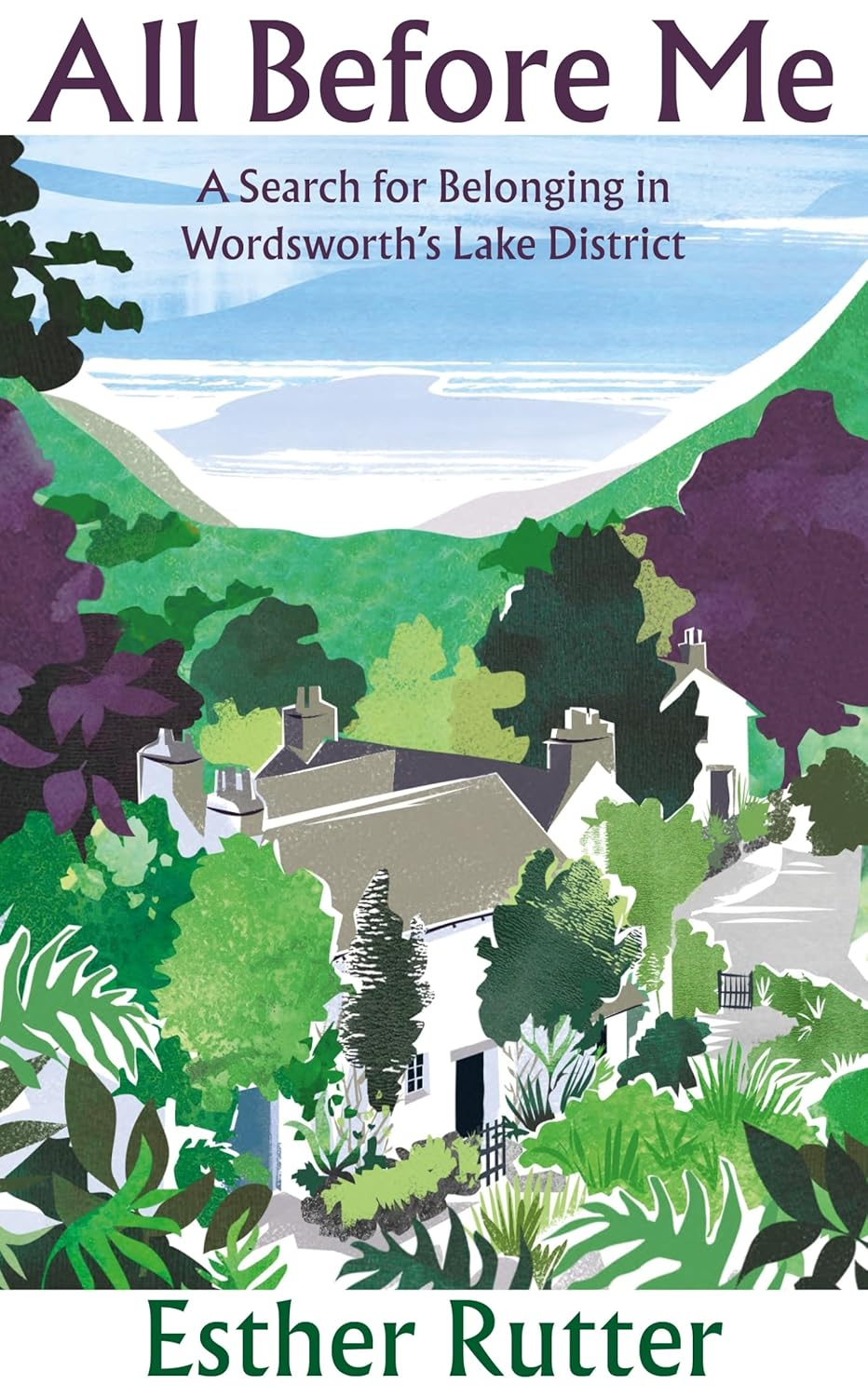
All Before Me is a very interesting and unique account, of how the Lake District helped to heal one woman from a serious mental breakdown. While teaching in her early 20s in Japan, she suffered an acute breakdown, and was even section in a Japanese psychiatric institution, until she could be flown home under escort.
Back in England, Esther (though originally from Suffolk) was offered the chance to live and work at Dove Cottage in the lake District, the home of William Wordsworth and his sister Dorothy.
It was here that she began to heal. In the lives and writings of these literary siblings, she found an approach to living a life of peace and meaning, and also made lifelong bonds of friendship – and eventually love.
This book is a moving and absorbing account of the struggle to know oneself, and is intertwined with stories of the Wordsworth home and history.
Esther Rutter is a writer from Suffolk, who now lives in Scotland. She has previously worked at the Wordsworth Trust and Robert Burns Birthplace Museum. She also works as a scriptwriter and appears on BBC Radio 4’s Woman’s Hour.

